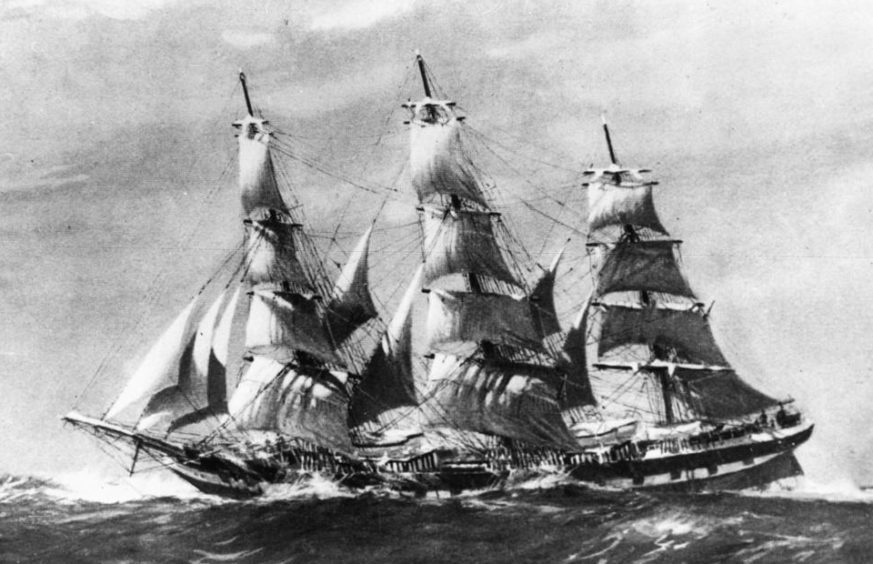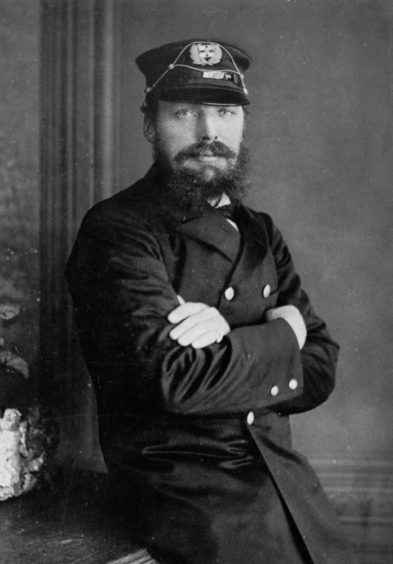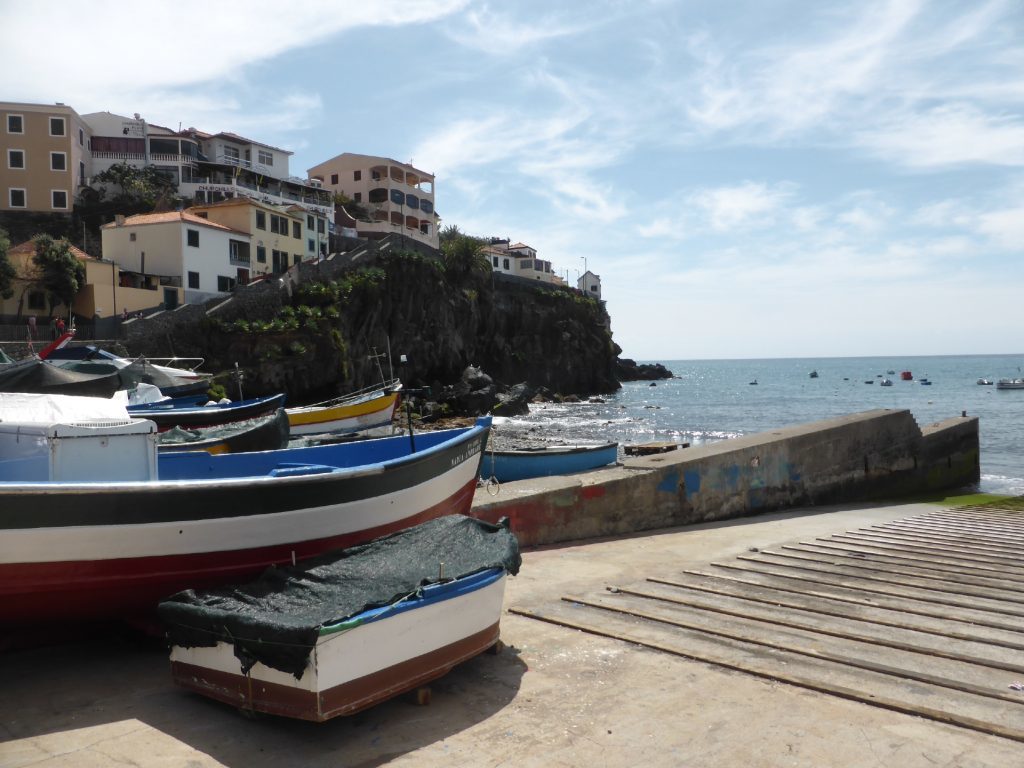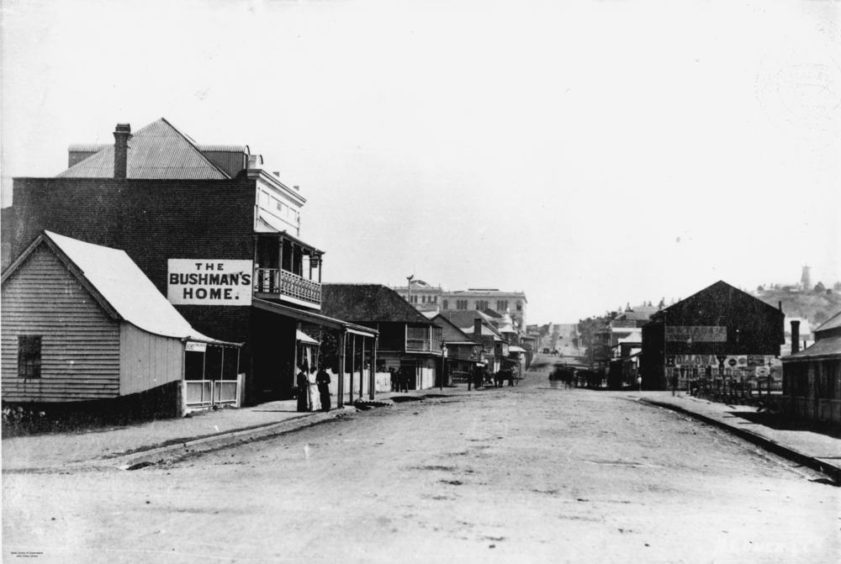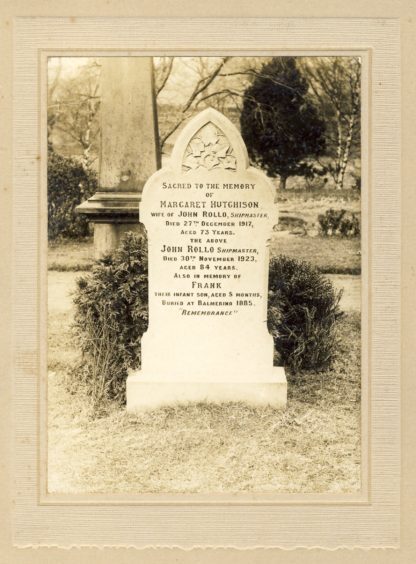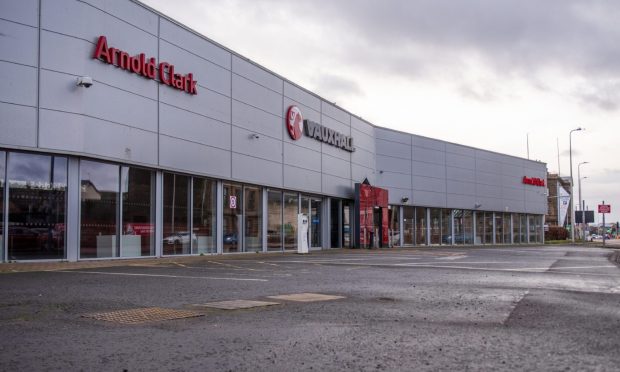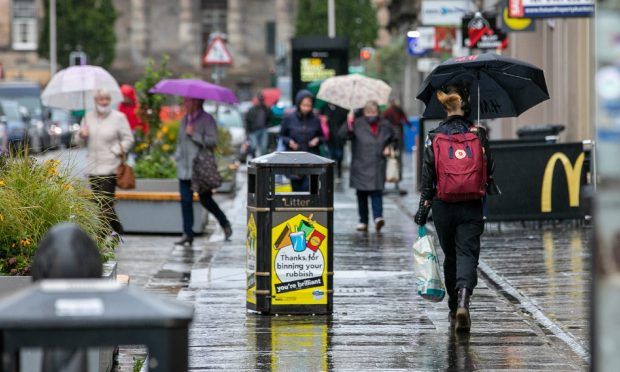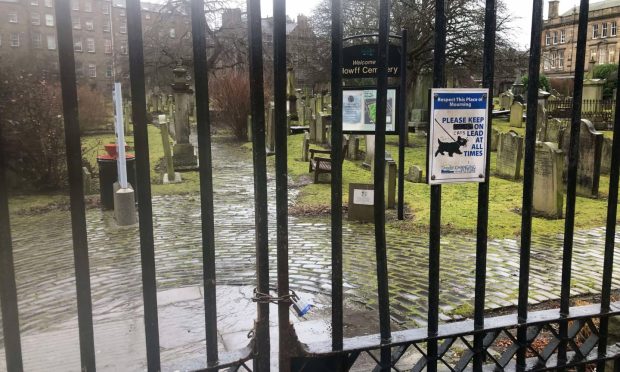It’s the 135th anniversary of the ‘Duntrune’ – the last emigrant ship to leave Dundee bound for Australia. Michael Alexander reports.
On September 8, 1883, at 12 noon exactly, the emigrant ship Duntrune, cast off from the port of Dundee bound for Brisbane, Australia.
As the clipper left the quayside under tow from the steam boat Iron King, its freight of nearly 500 emigrants fleeing abroad to look for a better, more prosperous life Down Under, assembled together on deck to sing Auld Lang Syne – knowing that most of their number would never return to these shores again.
A gun was fired as a parting salute, several rounds also being fired at intervals as the vessel proceeded down the Tay.
The Harbour Trustees’ yacht with Mr D. Bruce, managing owner of the Dundee Clipper Line; Captain Yule, harbour-master; and Captain Moon, superintendent of the line, on board, accompanied the ship as far as the mouth of the river; and after bidding “good bye” and giving three hearty cheers, which were “lustily responded to” by the emigrants, they left the noble vessel speeding on its long journey, The Courier of September 10, 1883 reported.
The article told how the Duntrune, under the command of Captain John Rollo, was manned by a crew of 48 who were described as being as “fine a body of seamen as could be found in any vessel afloat”.
The article said: “The commander of the ship is Captain Rollo, a sailor of long and tried experience, and as kind-hearted a tar as walks the deck.
“He is ably assisted by Mr Pye as chief officer, and a number of other officers of great experience.
“The prompt despatch of the vessel reflects the greatest credit on the firm of Messrs D. Bruce & Co., more particularly Mr D. Bruce, as she left at the very moment she was advertised; and there are very few ports where a vessel of such size, and with so large a number of emigrants to get on board, along with a valuable general cargo, could have been got off so satisfactorily as has been the case here.”
According to an advert that appeared in the Dundee Advertiser in June 1883, the cost of passage on the Duntrune was £5 steerage (the lowest decks of the ship) or £15 for a second-class cabin.
The advertisement also stated that special railway arrangements had been made for bringing passengers at reduced rates from Aberdeen, Keith, Elgin, Forres, Nairn, and Inverness, and from the North of England and the Midlands.
Altogether 448 assisted emigrants, including children, left Dundee in the 1488-tonne vessel – an iron full-rig clipper built in 1875 by David Bruce’s Dundee Clipper Line.
Over the next four months, these men, women, children and new born babies would endure great hardships.
Though Balmerino –born Captain Rollo was the most senior crew member, probably the busiest of the Duntrune’s crew was its matron, Mrs Spinks, who had to cope with three births, 19 deaths, and countless general ailments.
Strong contrary winds at the outset made it necessary for the ship, instead of going through the Portland (Pentland) Firth, to take a more northerly course, to pass between the Orkneys and the Shetland group.
Then trouble occurred with the fresh water condenser, and finally the ship was compelled to go into Madeira to have it set right.
Finally, in contrast to the 24-hour flights available today, Moreton Bay was reached after a long passage of 118 days.
The Courier of Saturday December 29, 1883, reported that Messrs D. Bruce & Co., the managing owners, received a telegram conveying the “gratifying intelligence” that the Duntrune had arrived in Brisbane.
The report said: “The news of the safe arrival at the capital of Queensland of the emigrant ship Duntrune, with its freight of nearly 500 souls, will remove any uneasiness that may have been felt for the safety of friends on board.
“Though all the probabilities were in favour of a safe passage, there is always widespread solicitude experienced after the sailing of a great ship filled with human beings until intelligence comes of its safe arrival at its destined haven.
“But in the case of the Duntrune a little more than the usual anxiety was caused by her passing through a somewhat severe storm on the night of her departure, a rumour, indeed, having been circulated that she had gone to the bottom.
“Though this was happily unfounded, the mishap to the ship’s condenser, necessitating a call at Madeira, gave rise to further ungrounded fears.
“The fact that so many of those on board were from this neighbourhood made the welfare of the great vessel and its freight a matter of more concern to us all than would otherwise have been the case, and the satisfaction at the good news of the ship’s arrival at Brisbane is proportionately great in this quarter.”
Courier reader Andy Crawford of St Andrews, who has a distant family connection with Brisbane, brought the 135th anniversary to the attention of The Courier.
While he has no direct link to Captain Rollo – who died at 3 Park Terrace, Dundee, on November 30, 1923, in his 85th year – family tree research put him in touch with the captain’s great grandson.
His brother and his wife will be visiting Dundee, from Australia, in October when they hope to find the Captain’s grave.
According to the death intimation in “The Courier” on December 3, 1923, he was buried in Forgan Cemetery, near Drumoig.
However, mysteriously, the grave has yet to be traced.
